Ditapis dengan
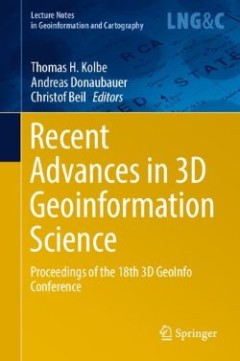
Recent Advances in 3D Geoinformation Science: Proceedings of the 18th 3D GeoI…
The book includes the contributions to the international conference “18th 3D GeoInfo”. The papers published in the book were selected through a double-blind review process. 3D GeoInfo has been the forum joining researchers, professionals, software developers, and data providers designing and developing innovative concepts, tools, and application related to 3D geo data processing, modeling, …
- Edisi
- -
- ISBN/ISSN
- 978-3-031-43699-4
- Deskripsi Fisik
- 836 hlm.
- Judul Seri
- -
- No. Panggil
- 526 Kol r
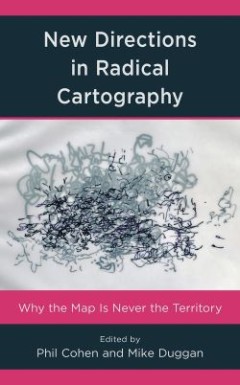
New Directions in Radical Cartography: Why the Map is Never the Territory
New Directions in Radical Cartography looks at the contemporary debates about the role of maps in society. It explores the emergence of counter-mapping as a distinctive field of practice, and the impact that digital mapping technologies have had on cartographic practice and theory. It includes original research, accounts of mapping projects and detailed readings of maps. The contributors explor…
- Edisi
- -
- ISBN/ISSN
- 978-1-538-14721-4
- Deskripsi Fisik
- 392 hlm.
- Judul Seri
- -
- No. Panggil
- 526 Coh n
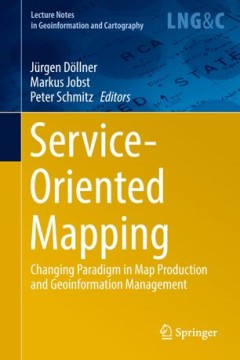
Service-Oriented Mapping : Lecture Notes in Geoinformation and Cartography
This book gathers various perspectives on modern map production. Its primary focus is on the new paradigm of “sharing and reuse,” which is based on decentralized, service-oriented access to spatial data sources. Service-Oriented Mapping is one of the main paradigms used to embed big data and distributed sources in modern map production, without the need to own the sources. To be stable a…
- Edisi
- -
- ISBN/ISSN
- 978-3-319-72433-1
- Deskripsi Fisik
- 417 Hlm.
- Judul Seri
- -
- No. Panggil
- 526 Dol s
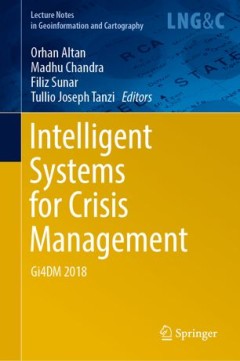
Intelligent Systems for Crisis Management: Gi4DM 2018
In the past several years, there have been significant technological advances in the field of crisis response. However, many aspects concerning the efficient collection and integration of geo-information, applied semantics and situation awareness for disaster management remain open. Improving crisis response systems and making them intelligent requires extensive collaboration between emergency …
- Edisi
- -
- ISBN/ISSN
- 978-3-030-05329-1
- Deskripsi Fisik
- 314 Hlm.
- Judul Seri
- -
- No. Panggil
- 526 Alt i
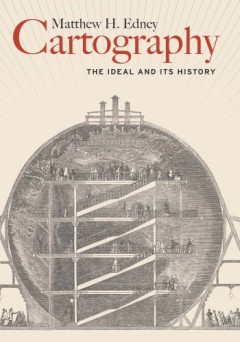
Cartography: The Ideal and Its History
Over the past four decades, the volumes published in the landmark History of Cartography series have both chronicled and encouraged scholarship about maps and mapping practices across time and space. As the current director of the project that has produced these volumes, Matthew H. Edney has a unique vantage point for understanding what “cartography” has come to mean and include. In this bo…
- Edisi
- -
- ISBN/ISSN
- 9780226605548
- Deskripsi Fisik
- 324 Hlm
- Judul Seri
- -
- No. Panggil
- 526 Edn c
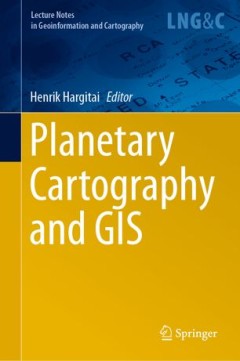
Planetary Cartography and GIS
This book approaches geological, geomorphological and topographical mapping from the point in the workflow at which science-ready datasets are available. Though there have been many individual projects on dynamic maps and online GISs, in which coding and data processing are given precedence over cartographic principles, cartography is more than “just” processing and displaying spatial data.…
- Edisi
- -
- ISBN/ISSN
- 978-3-319-62848-6
- Deskripsi Fisik
- 351 Hlm.
- Judul Seri
- -
- No. Panggil
- 526 Har p
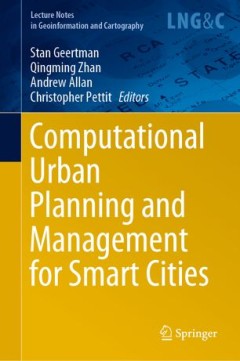
Computational Urban Planning and Management for Smart Cities
This book contains a selection of the best articles presented at the CUPUM (Computational Urban Planning and Urban Management) conference, held in the second week of July 2019 at the University of Wuhan, China. The chapters included were selected based on a double-blind review process involving external reviewers.
- Edisi
- -
- ISBN/ISSN
- 978-3-030-19424-6
- Deskripsi Fisik
- 506 Hlm.
- Judul Seri
- -
- No. Panggil
- 526 Gee c
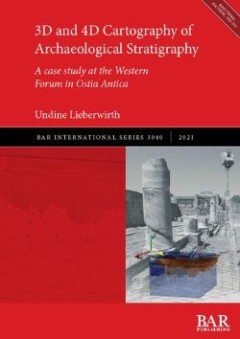
3D and 4D Cartography of Archaeological Stratigraphy: A case study at the Wes…
This monograph focuses on one of the most interesting sections of the Main Forum of Ostia Antica, the ancient commercial port of Rome, during the 2nd-6th centuries AD. With a detailed 3D reconstruction of all collected information, it is possible to gain detailed insights into the development and destruction of the city centre during the transition from Antiquity to the Early Middle Ages. The a…
- Edisi
- -
- ISBN/ISSN
- 978-1-4073-5787-4
- Deskripsi Fisik
- 116 hlm.
- Judul Seri
- BAR British Archaeological Reports International Series 3040
- No. Panggil
- 526 Lie t
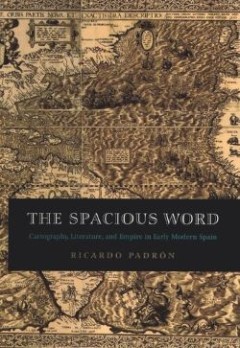
The Spacious Word: Cartography, Literature, and Empire in Early Modern Spain
The Spacious Word explores the history of Iberian expansion into the Americas as seen through maps and cartographic literature, and considers the relationship between early Spanish ideas of the world and the origins of European colonialism. Spanish mapmakers and writers, as Padrón shows, clung to a much older idea of space that was based on the itineraries of travel narratives and medieval nav…
- Edisi
- -
- ISBN/ISSN
- 978-0226821191
- Deskripsi Fisik
- 303 hlm.
- Judul Seri
- -
- No. Panggil
- 526.0946 Pad s

Advances in Cartography and Geographic Information Engineering
This book reviews and summarizes the development and achievement in cartography and geographic information engineering in China over the past 60 years after the founding of the People's Republic of China. It comprehensively reflects cartography, as a traditional discipline, has almost the same long history with the world's first culture and has experienced extraordinary and great changes. The b…
- Edisi
- -
- ISBN/ISSN
- 978-981-16-0614-4
- Deskripsi Fisik
- 646 hlm.
- Judul Seri
- -
- No. Panggil
- 526 Jia a
 Karya Umum
Karya Umum  Filsafat
Filsafat  Agama
Agama  Ilmu-ilmu Sosial
Ilmu-ilmu Sosial  Bahasa
Bahasa  Ilmu-ilmu Murni
Ilmu-ilmu Murni  Ilmu-ilmu Terapan
Ilmu-ilmu Terapan  Kesenian, Hiburan, dan Olahraga
Kesenian, Hiburan, dan Olahraga  Kesusastraan
Kesusastraan  Geografi dan Sejarah
Geografi dan Sejarah